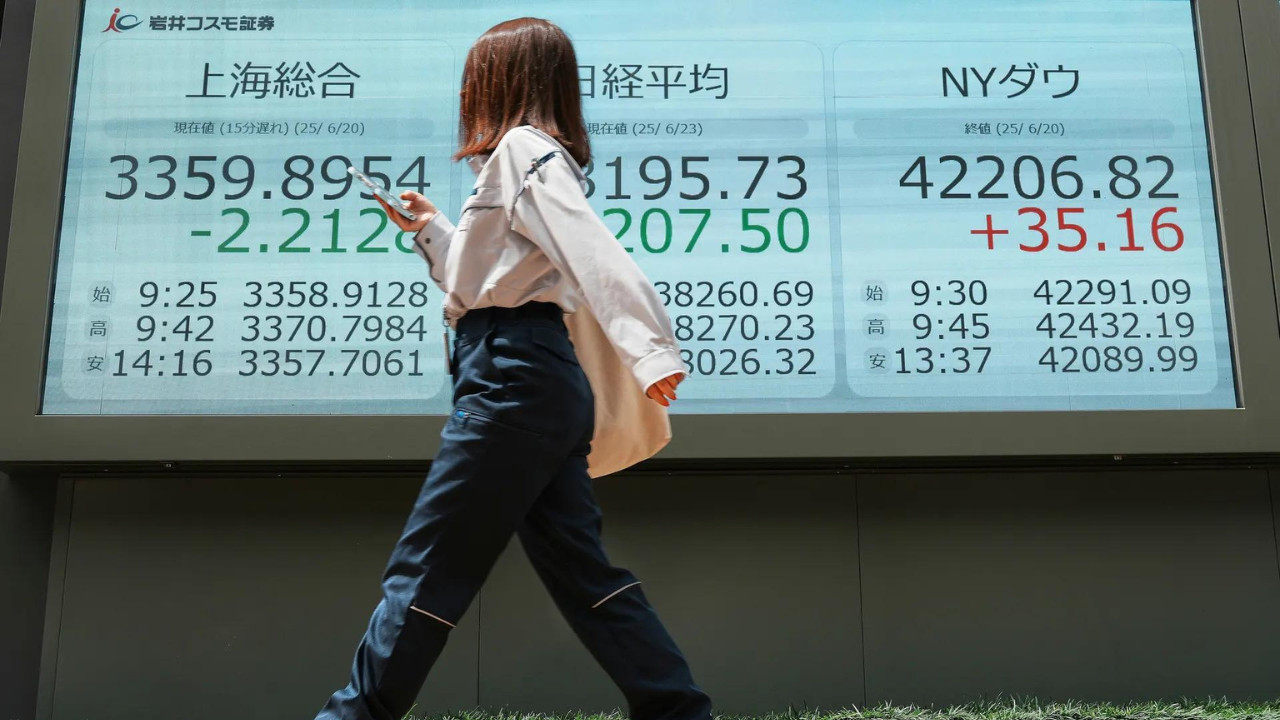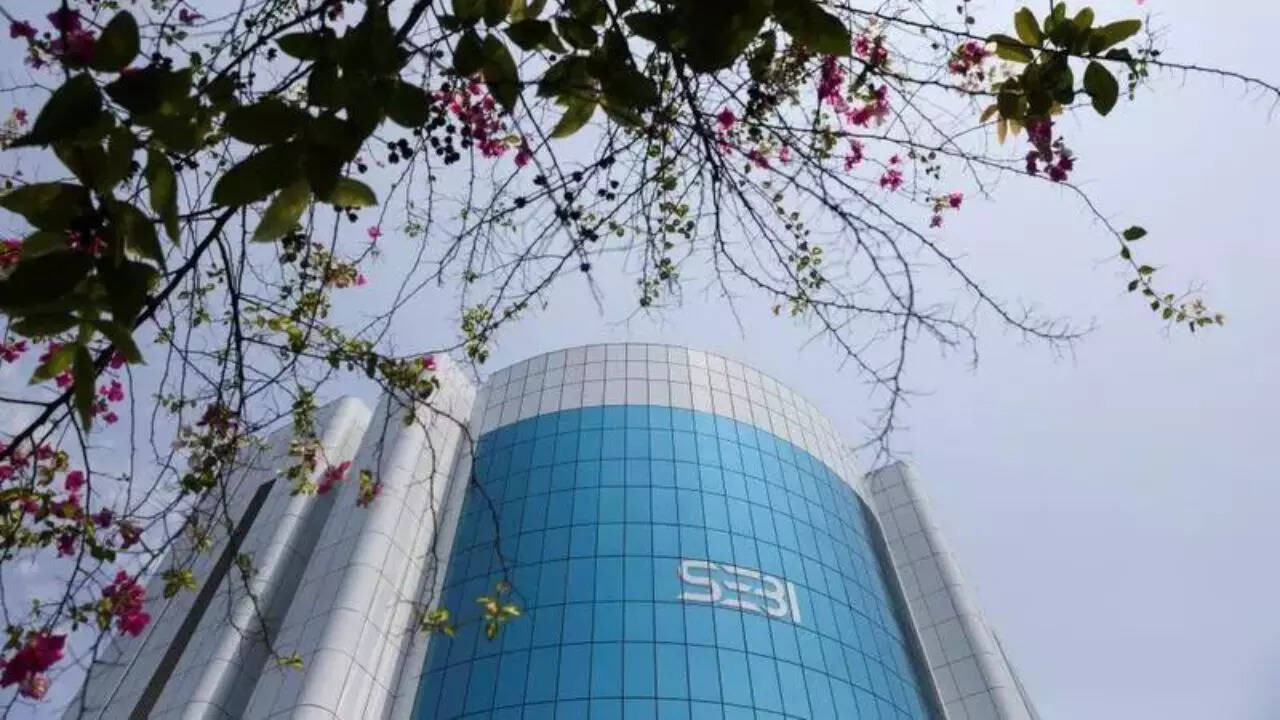Asian stocks soared to multi-year highs, mirroring Wall Street’s optimism, fueled by easing geopolitical tensions and anticipated interest rate cuts. Japan’s Nikkei 225 surpassed 40,000 for the first time in five months. A weaker US dollar boosted Asian currencies and asset demand.
Riding the Bull: Asian Markets See a Spring Surge
Across Asia, markets are feeling the warmth of a spring surge, hitting highs not seen in three years. It’s a vibrant scene of optimism and growth, fueled by a cocktail of factors suggesting a positive shift in the global economic landscape. From Tokyo to Seoul, investors are feeling buoyant, but is this a sustained rally or a fleeting moment in the sun?
The dominant narrative is one of increasing confidence. Digging a little deeper, you’ll find several elements underpinning this surge. Firstly, there’s a sense that central banks might be considering a more dovish stance in the near future. The relentless campaign to tame inflation, with its subsequent interest rate hikes, seems to be showing signs of success. This has led to speculation – and hope – that the brakes might be eased, offering businesses and consumers alike some much-needed breathing room.

Deciphering the Drivers of the Asian Market Surge
Beyond monetary policy speculation, the positive momentum in the tech sector has also played a pivotal role. The technology industry, a significant driver of growth in many Asian economies, has shown surprising resilience. Despite global uncertainties, tech companies continue to innovate, attract investment, and deliver solid results. This, in turn, has boosted investor sentiment and helped propel market indices to new heights.
Furthermore, the reopening of key economies, particularly China, is sending ripples of positivity throughout the region. China’s economic activity has always had an outsized influence on Asia as a whole, impacting everything from supply chains to commodity prices. The easing of restrictions and the subsequent increase in domestic demand is a welcome development, signaling potential opportunities for businesses across the continent. The Chinese market’s health is often an indicator of regional health.
Oil prices, while experiencing a slight uptick recently, present a more nuanced picture. Despite a weekly dip, the marginal increase suggests a continued demand for energy, which in turn mirrors increased industrial activity and consumer spending. The correlation between oil prices and economic health is complex, but generally, a stable and moderately increasing price reflects a functioning and growing economy.
Navigating the Waters: Challenges and Considerations
It’s not all smooth sailing, of course. While the overall picture is positive, investors need to be mindful of potential headwinds. Geopolitical tensions remain a constant concern, with the potential to disrupt trade flows and investor confidence. Inflation, although showing signs of easing, is still present. We are all walking a tightrope when it comes to global stability.
Moreover, individual companies and sectors will inevitably experience varying degrees of success. A rising tide may lift all boats, but some are better equipped to navigate choppy waters than others. Careful due diligence and a selective investment strategy are crucial for long-term success. For further insights into strategic investment, see our recent post on [diversifying your portfolio](related-post-url).
What’s Next for the Asian Market Surge?
So, what does the future hold? Predicting market movements is a notoriously difficult game, but the current signs point towards continued growth, albeit with potential bumps along the road. The key will be to monitor central bank policies, assess the impact of geopolitical events, and carefully analyze individual company performance.
The Asian market surge represents a unique confluence of factors, including easing inflation concerns, the strength of the technology sector, and the reopening of key economies. While challenges remain, the overall outlook is one of cautious optimism. Investors who approach the market with a balanced perspective, careful analysis, and a long-term view are well-positioned to capitalize on the opportunities that lie ahead. The potential for further expansion remains strong if these factors continue to trend positively.







